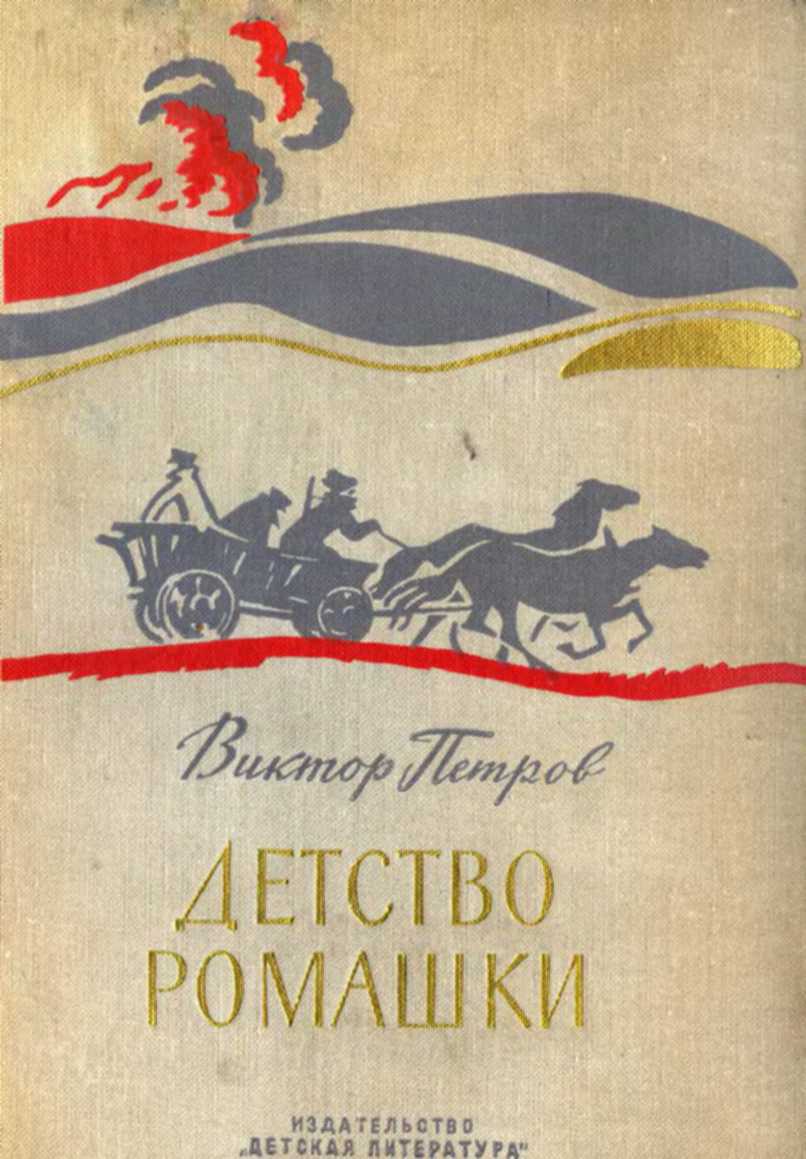class="empty-line"/>
113. Drucker (1986, pp. 14–15).
114. Jensen (1988); Roe (1994).
115. Baker and Smith (1998); Kaufman and Englander (1993).
116. Auerbach (1990, p. 91).
117. Baker (1992).
118. Burrough and Helyar (2008).
119. That shipping company was called Sea-Land, which we will meet presently.
120. “RJR Nabisco Chief Considering Buy-Out of Concern for $17.6 Billion, or $75 a Share,”
Wall Street Journal, October 21, 1988.
121. Jensen (1991, p. 14). Lou Gerstner, the American Express executive whom KKR installed
as CEO, is on record as believing that KKR paid too much for the company (Gerstner 2002, p. 5). 122. Jensen (1991, pp. 22–23).
123. Miriam Gottfried, “KKR Has Quietly Built an Investment-Banking Contender,” Wall
Street Journal, September 25, 2019.
124. Branson (1980, p. 183).
125. Alder, Lagakos, and Ohanian (2014).
126. Irwin (2017, p. 534).
127. Branson (1980, p. 196).
128. Irwin (2017, p. 506).
129. Irwin (2017, p. 511).
130. Branson (1980, p. 186); Irwin (2017, pp. 565–69).
131. Jensen (1993, p. 841).
132. Feyrer, Sacerdote, and Stern (2007).
133. Warren (2001, p. 215).
134. Vatter (1963, p. 154); Tiffany (1984).
135. Tiffany (1984, p. 411).
136. O’Brien (1992).
137. Calder (1993, pp. 113–14).
138. Yamawaki (1988, p. 294).
139. Calder (1993, pp. 183–95); Yonekura (1994, pp. 198–213).
140. Ankli and Sommer (1996).
141. Rogers (2009, p. 136). For example, producers of beer and soft drinks transitioned com-
pletely from steel to aluminum for their containers. 142. Iverson (1997, p. 6).
143. Crandall (1981, pp. 20–23).
144. DeAngelo and DeAngelo (1991, p. 4).
145. Warren (2001, pp. 309–39).
Notes to Chapter 9 651
146. Nohria, Dyer and Dalzell (2002, pp. 172–77).
147. Warren (2008, p. 248).
148. United States v. Bethlehem Steel Corporation, 168 F. Supp. 576 (S.D.N.Y. 1958).
149. Barnett and Crandall (2002, p. 130).
150. Warren (2008, p. 228).
151. Warren (2008, p. 238).
152. Warren (2008, p. 262).
153. Barnett and Crandall (1986).
154. Warren (2008, p. 250).
155. Barnes and Tyler (2010).
156. Ghemawat (1994, pp. 689–90).
157. Christensen (2015, pp. 90–91).
158. Ghemawat (1994); Iverson (1997).
159. Barnett and Crandall (1986, pp. 20–21).
160. Barnes and Tyler (2010, p. 17).
161. White (1982, p. 418).
162. Hyde (2003, p. 181).
163. Ingrassia (2010, p. 36).
164. Halberstam (1972, p. 292).
165. Libecap (1989).
166. Copp (1976); Nash (1968). The oil-depletion allowance, in force since the 1920s, permit-
ted oil producers to deduct up to 27.5 percent of gross revenues, on the theory (or pretext) that the oil in the ground was a capital good that was “depleting.” Many have argued that this favored vertically integrated firms by allowing them to “squeeze” independents; but the counterargu- ments are persuasive that absent an ability to fudge transfer prices, there was little differential benefit to vertically integrated firms (Levin 1981).
167. Irwin (2017, p. 517).
168. Hammes and Wills (2005, p. 501).
169. Jimmy Carter, “The Moral Equivalent of War,” Time, Monday, Oct. 18, 1982. 170. Ingrassia (2010, p. 55).
171. Rubenstein (1992, pp. 155–57).
172. Hammes and Wills (2005, p. 501).
173. Irwin (2017, p. 572).
174. Train and Winston (2007), Tables 1 and 2.
175. Ingrassia (2010, p. 80).
176. Halberstam (1986, p. 557).
177. Hyde (2003, pp. 220, 240).
178. Levin (1995, pp. 43–47).
179. Rubenstein (1992, p. 203).
180. Reich and Donahue (1985, pp. 91–92).
181. Ingrassia (2010, p. 80).
182. Cusumano (1985, pp. 19–20).
183. Cusumano (1985, pp. 28–57); Halberstam (1986).
184. Halberstam (1986, p. 307).
652 Notes to Chapter 9
185. Sakiya (1982).
186. Cusumano (1985, pp. 58–72).
187. Cusumano (1985, pp. 137–43); Halberstam (1986).
188. Cohen (1987).
189. Womack, Jones and Roos (1990, pp. 54–55).
190. Helper and Henderson (2014).
191. Cusumano (1985, pp. 262–80).
192. Womack, Jones and Roos (1990).
193. Cusumano (1985, p. 331).
194. Halberstam (1986, p. 312).
195. MacDuffie and Helper (2007, p. 424).
196. Flugge (1929, p. 163); Murray and Schwartz (2019, pp. 50–55).
197. Alexander (1961).
198. It is often claimed that the automakers adopted arm’s-length sourcing as a way of exercising
their monopsony power to force down prices (Helper 1991). In fact, they discovered that multiple sourcing increased prices. All the suppliers knew that they would get contracts even if they were not the low bidder (Rubenstein 1992, p. 169). It was arguably in Japan, where supplier productivity gains were passed on to the assemblers, that monopsony power was more effective.
199. Cusumano (1985, pp. 241–61).
200. Smitka (1991, p. 193).
201. Womack, Jones, and Roos (1990, p. 61).
202. Cusumano and Takeishi (1991, p. 565).
203. Fujimoto (1995, pp. 186–87).
204. Takeishi and Fujimoto (2001).
205. Clark and Fujimoto (1991, p. 68).
206. Irwin (2017, pp. 574–77).
207. In 1983 dollars. Berry, Levinsohn, and Pakes (1999).
208. Reich and Donahue (1985).
209. Ingrassia (2010, pp. 67–77).
210. Ingrassia (2010, p. 64). In another telling, the deal fell apart because Soichiro Honda
refused to sell the engines (Yates 1996, p. 24). 211. Kenney and Florida (1993).
212. Klepper (2016, p. 187).
213. Halberstam (1986, pp. 604–5).
214. Ingrassia (2010, p. 86).
215. “The K Car: Variations on a Theme Helped to Save Chrysler,” New York Times, Janu- ary 29, 1984, Section 12, Page 17.
216. Hyde (2003, pp. 249–51).
217. Hyde (2003, pp. 265–69); Yates (1996, pp. 17–35). 218. Adler (1993).
219. Rubenstein (1992, pp. 256–57).
220. Keller (1989, p. 131).
221. Womack, Jones, and Roos (1990, p. 83).
222. Adler (1993, p. 121).





